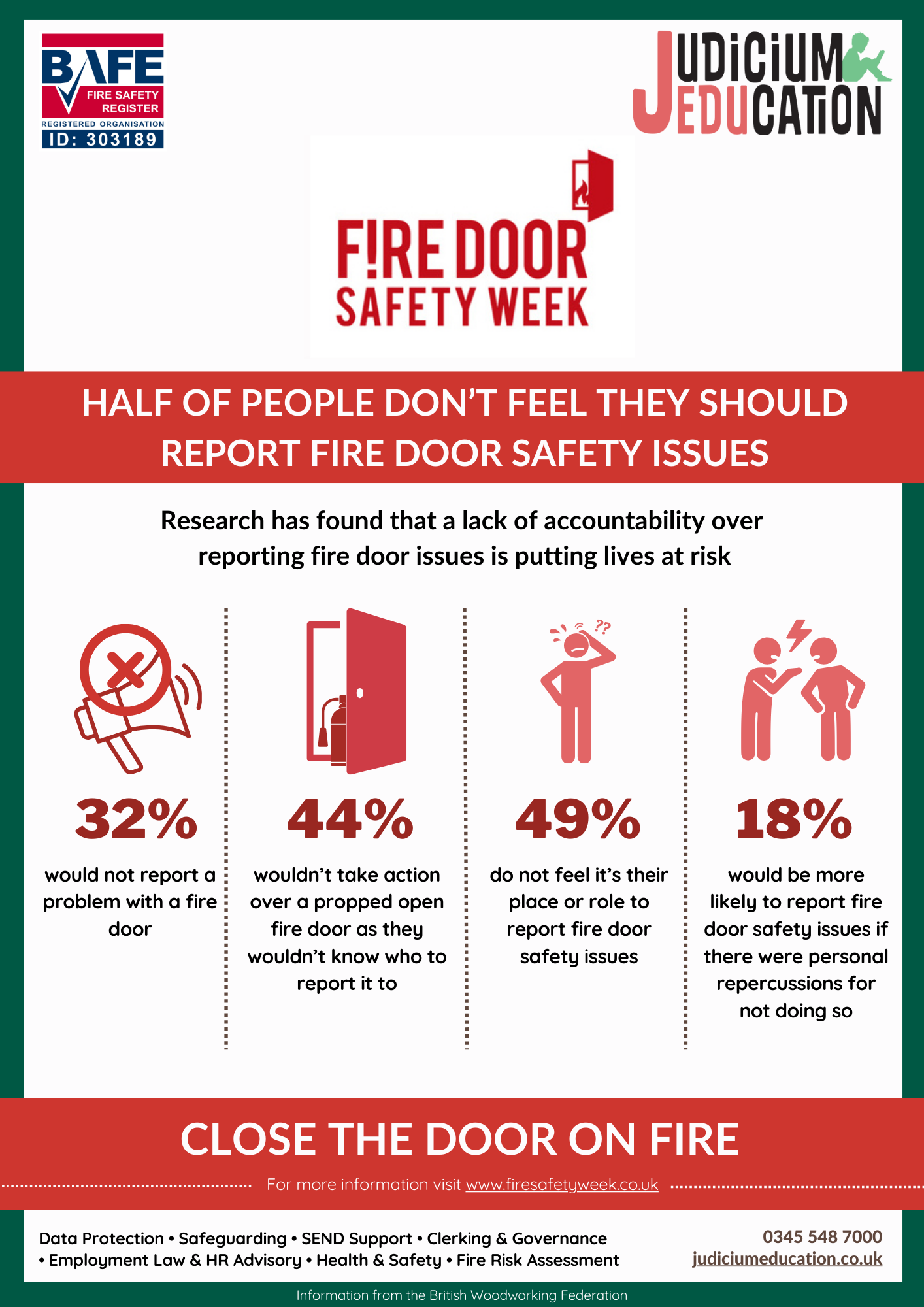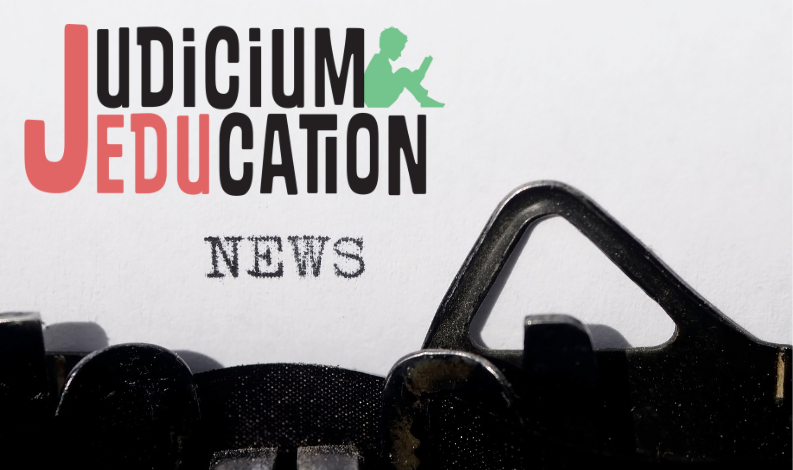As you may be aware, the DfE has now published the School Teachers’ Pay and Conditions Document 2016 (and accompanying guidance) which will come into effect from 1 September 2016.
This year there are few changes from the 2015 STPCD but, as expected following the 26th report of the STRB, the main changes are:
- A 1% uplift to the statutory minima and maxima of all pay ranges in the national pay framework, including allowances (TLRs and SEN). As usual, where a classroom teacher/leadership group member is currently paid on the minimum of their pay range/band, their salary must be uplifted to reflect the new minimum (excluding any allowances). For all other teachers/leadership group members, each school must determine how to take account of the uplift to the national framework when deciding individual pay progression decisions, in line with its own pay policy.
- Further explanation has been added under Part 2 – Leadership group pay, paragraph 4.1. As you may recall, under the STPCD 2015 this provided that determining leadership group pay introduced in the 2014 STPCD should only be applied to individuals appointed to a leadership post on or after 1 September 2014 or whose responsibility significantly changed on or after that date. Clarification has been added in the new STPCD to provide that it is for the governing body to determine the extent to which any changes should be considered as “significant” having regard to the school’s particular circumstances and context. It goes onto say that the governing body should, in particular, consider the extent to which the change creates new levels of accountability and responsibility for the leadership group member(s).
- The STPCD 2015 provided that payment or financial assistance, support or benefits could be made to a teacher as an incentive for the recruitment of new teachers and retention of existing teachers. The STPCD 2016 (paragraph 27) has been amended to make it clear, as recommended by the STRB, that schools can use a salary advance scheme for a rental deposit to support recruitment or retention. It gives this as an example of one of a number of tools that schools can use. The guidance at section 3 of the STPCD 2016 gives further examples of such assistance as being transport ticket loans for travel costs, a one off payment such as contributing towards removal costs or a time limited allowance.
In addition, the DfE have also updated their departmental advice within the document “Implementing your School’s Approach to Pay”, which may be of use when considering your own pay policy.
Schools should be in the process of reviewing their current pay policy (and appraisal policies) in line with the changes to the STPCD 2016 in readiness of the new appraisal cycle (2016/2017) which for most school will commence from September 2016.
If you have any questions regarding the STPCD 2016, or in respect of updating your pay or appraisal policies, please do not hesitate to contact us.
Links:
DfE “Implementing your School’s Approach to Pay” September 2016
Related content

To celebrate Fire Safety Door Week we are offering a free download of our Fire Safety Door Checklist.

Have you ever wondered why some people refer to a SENCO rather than a SENDCO? Here's the answer!

School leaders and designated safeguarding leads see several key safeguarding areas as relatively ineffective and highly challenging according to a new survey from UK school support business Judicium Education.

22nd February 2022 is the inaugural National School Governors’ Day, bringing schools and students together to show their support for the education world’s unsung heroes.

'On The Sofa with Sarah Crouch' | CMIOSH Senior Health & Safety Consultant. We will be running this session on Tuesday the 7th of July at 2:00pm via Zoom.

On The Sofa with Isthar Pearce' CMIOSH Assistant Head of Health & Safety | Head of Health & Safety Training


Whats New | H&S